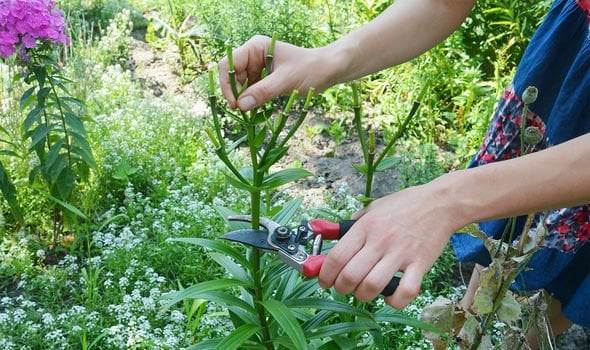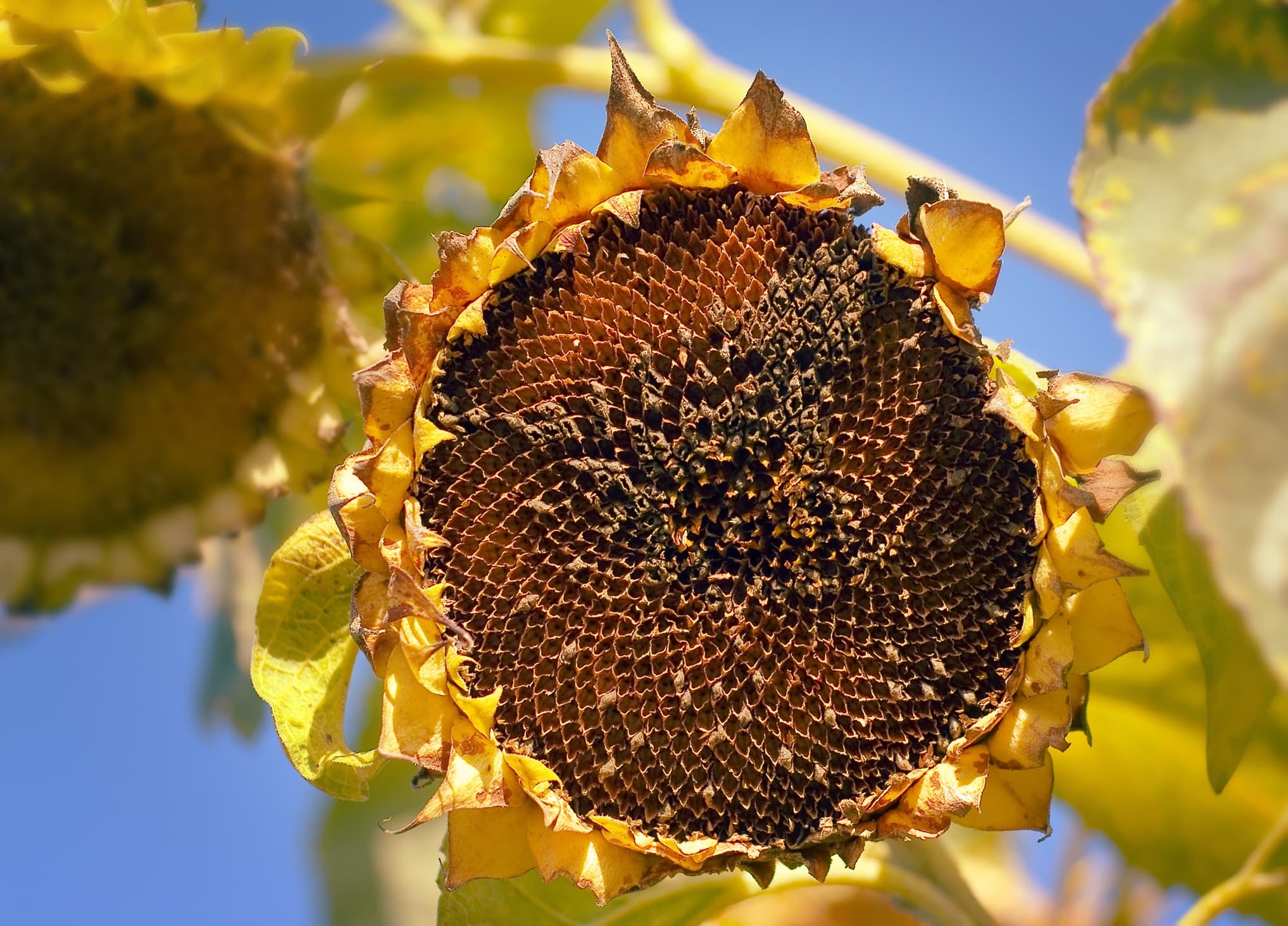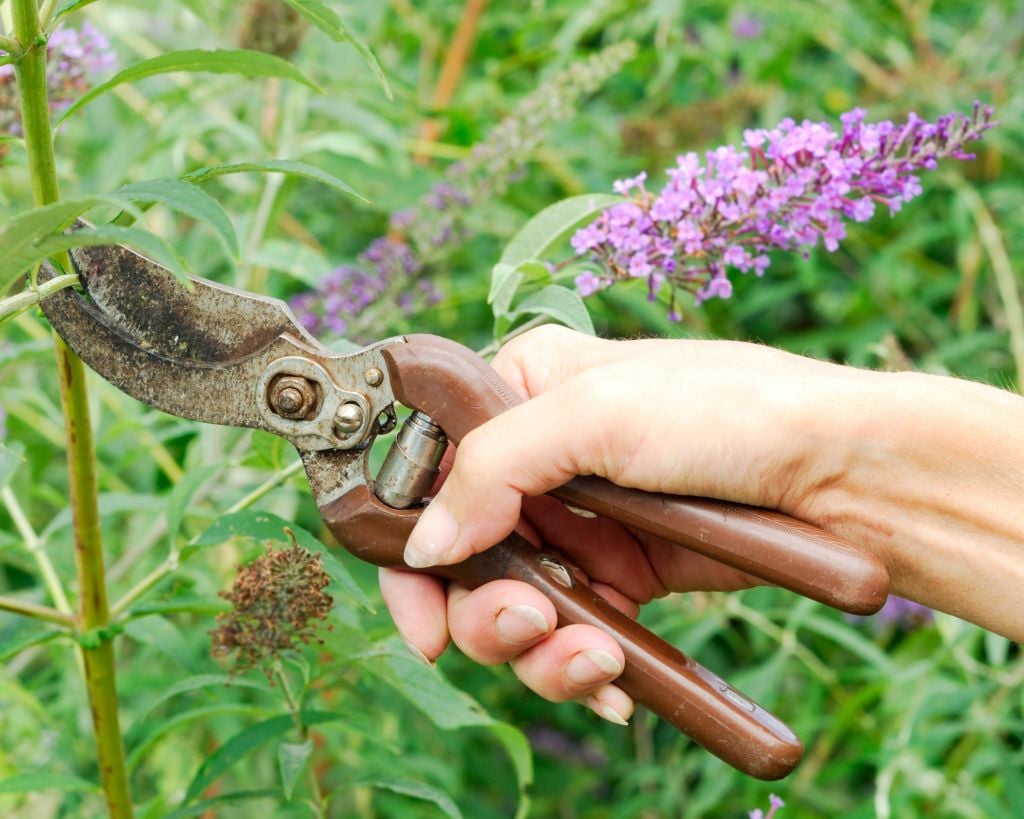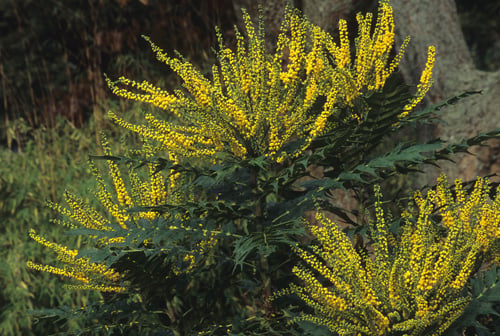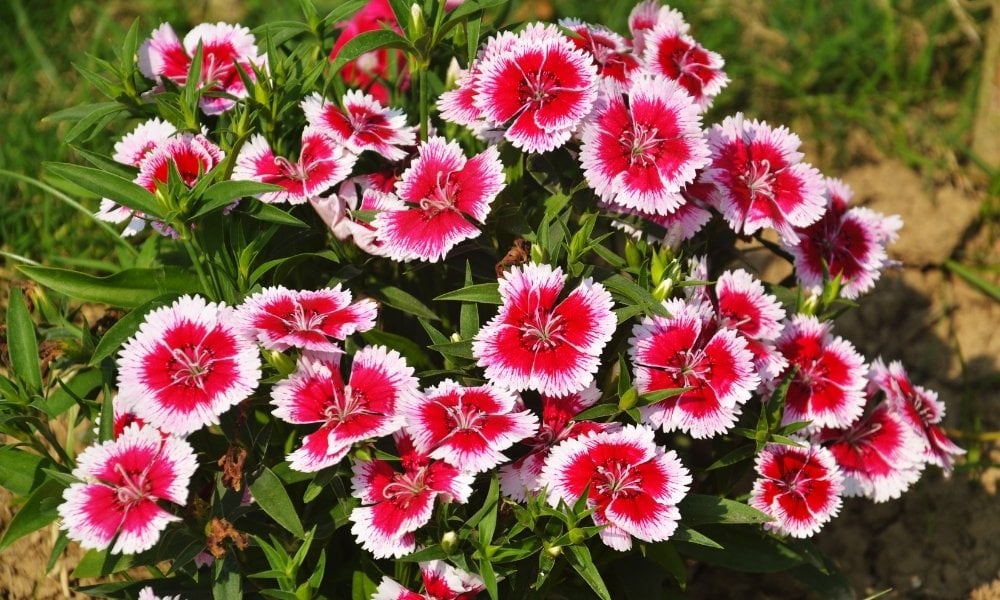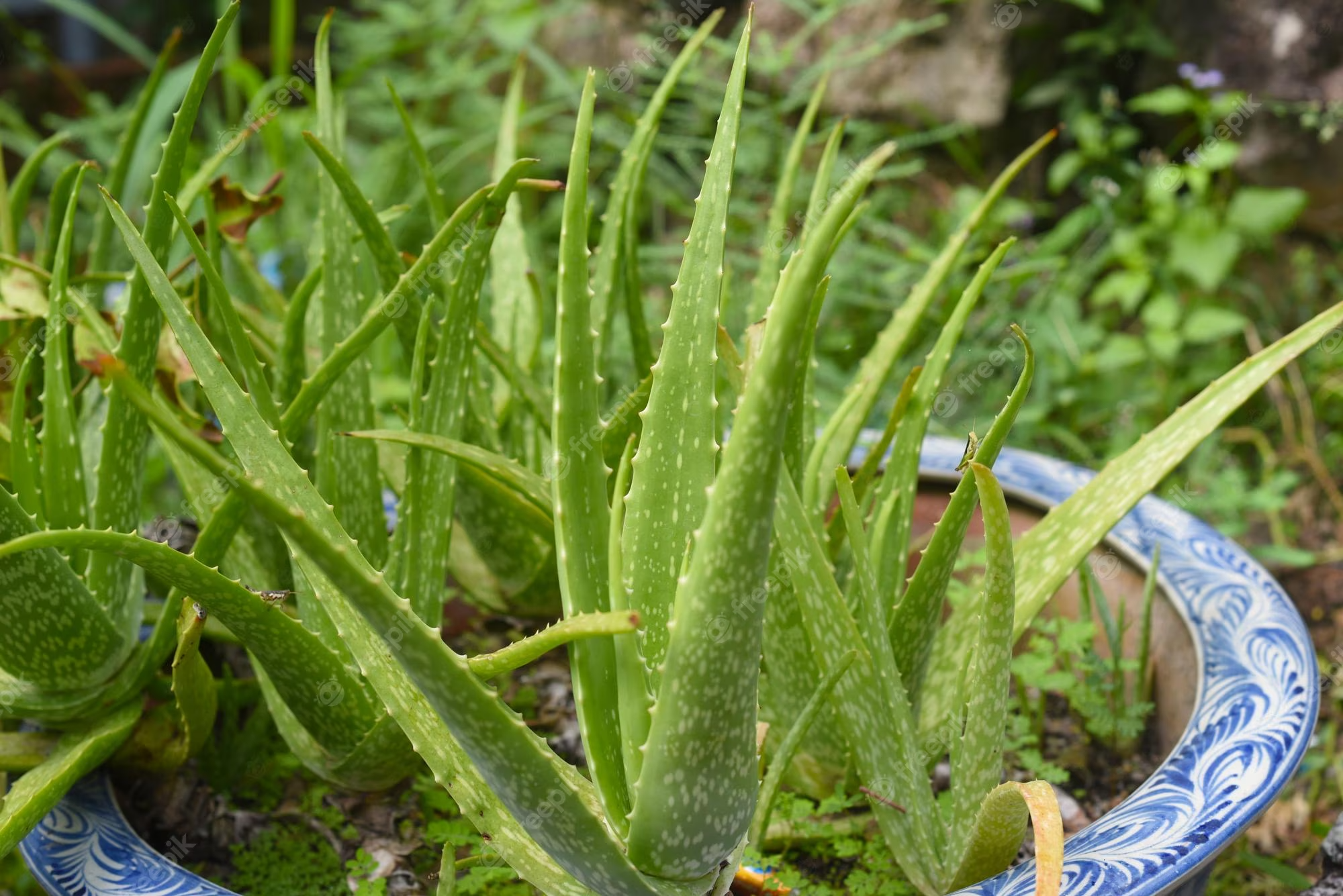How to Prune Euphorbia: A Step-by-Step Tutorial
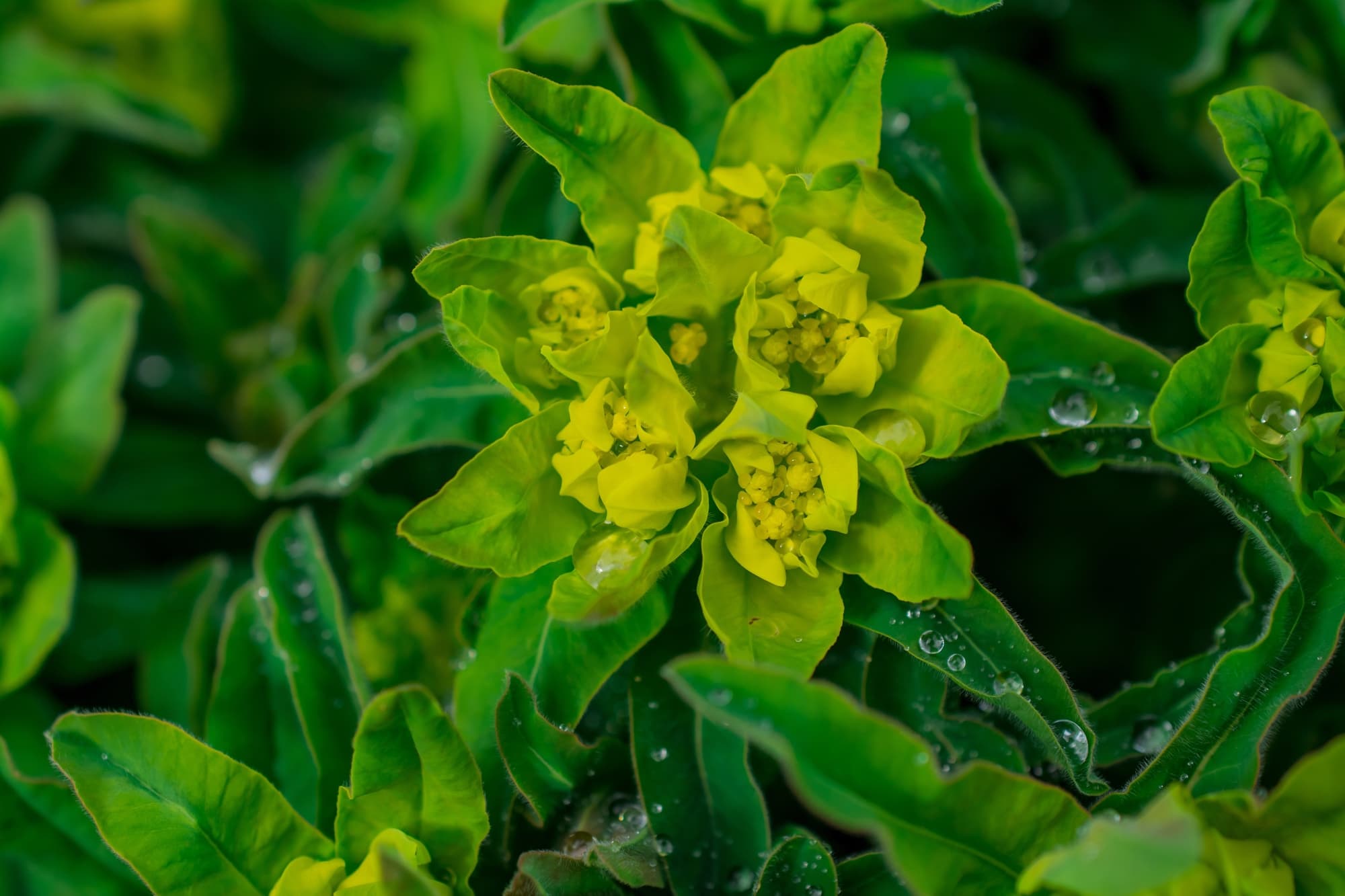
Table of Contents
Have you ever thought of adding euphorbia plants and their colourful bracts of foliage to your garden? Because it not only uplifts the ambience but also gives amazing freshness. With almost 7500 species and 300 genres, Euphorbia ranges from small shrubs sizes to big herbaceous plants. This plant belongs to the most prominent plant family in the plant kingdom, the spurge family.
The genus is easier to grow but requires extra care and attention. It is quite essential to understand the specific environment they grow in or how much water they need. It all depends entirely on where you plan to place them.
When it comes to euphorbia pruning, some species being evergreen only require cutting back the flowers. Whereas others might require clipping all the way back to the ground level.
So, let’s take a look at expert recommendations of how and when to carry out euphorbia pruning safely.
Why Euphorbias and How to Plant Them?
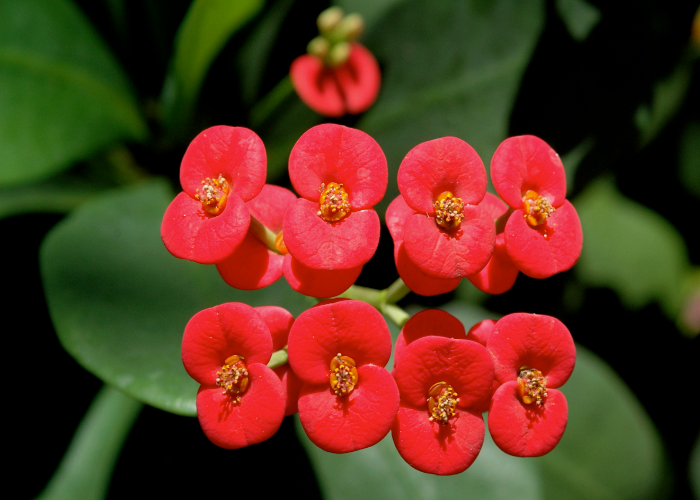
Before jumping straight to how you can do euphorbia pruning, let’s understand a little bit about the plant and why you should breed them. It is a pretty big genus that can be effortlessly grown indoors and outdoors. They have greenish-blue leaves with eye-pleasing bright yellows or orange flowerheads.
The best part about the plant is that, depending on the species, it can be grown in sunlight or in shaded regions. Some might need regular watering, while some can be cultivated in dry conditions. They are perennials that require low maintenance and still bloom remarkably. You can choose a euphorbia that suits the conditions of your place and can plant it either in the ground or in containers. For breeding the genus in-ground, dig a hole, spread the seeds, and cover it up with well-rotted compost. Keep watering the plant adequately until it establishes. There are plants like Euphorbia myrsinites that do well in pots. Simply mix 3 parts of John Innes No.3 compost and one part grit, water it and you are done.
When to Do Euphorbia Pruning?
There are no particular rules for euphorbia pruning, as it totally depends on which variety you have chosen to grow. With so many species available, deciding which trimming technique you should go for could be confusing. Fortunately, there are three distinctive euphorbia plants that are most commonly seen in the British Isles. They are-
1. Pruning Evergreen Euphorbia
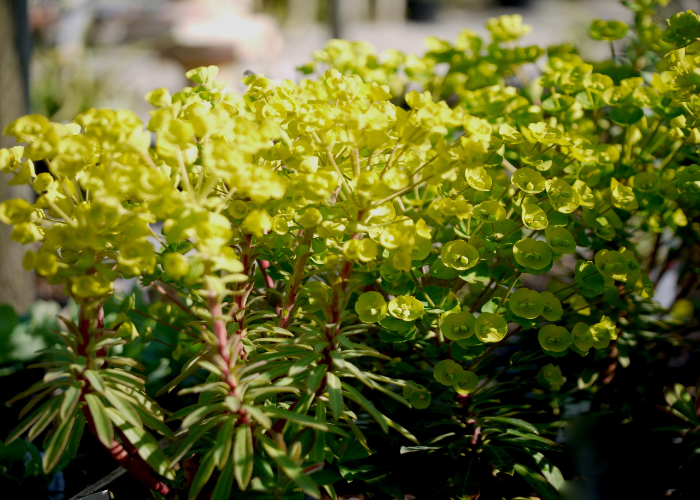
Evergreen Euphorbia remains green throughout the year. This type of euphorbias only requires a quick trim after it finishes flowering. Wait for the flowering bracts to turn brown, and cut them back to the leaves just below the bract. This technique applies to various types of euphorbia, such as-
- Euphorbia amygdaloides
- Euphorbia Blackbird
- Euphorbia Redwing
- Euphorbia mellifera
- Euphorbia x pasteurii
2. Pruning Biennial Euphorbia
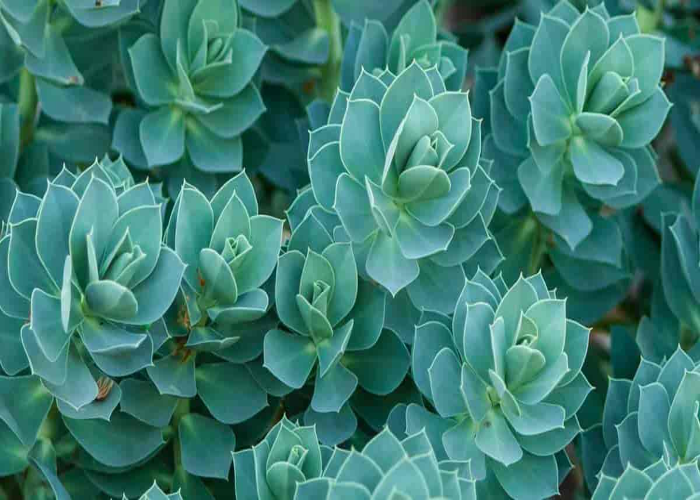
Biennial Euphorbia is a plant that has two types of shoots. One from the previous season when they flowered and the new ones of the current season. They require cutting stems all the way down to the ground, either at the end of the summer or the beginning of autumn. It is crucial to do so as it will help the plant flowers appropriately. This technique applies to:
- Euphorbia characias
- Euphorbia x martini
- Euphorbia myrsinites
- Euphorbia rigida
3. Pruning Perennial Euphorbia
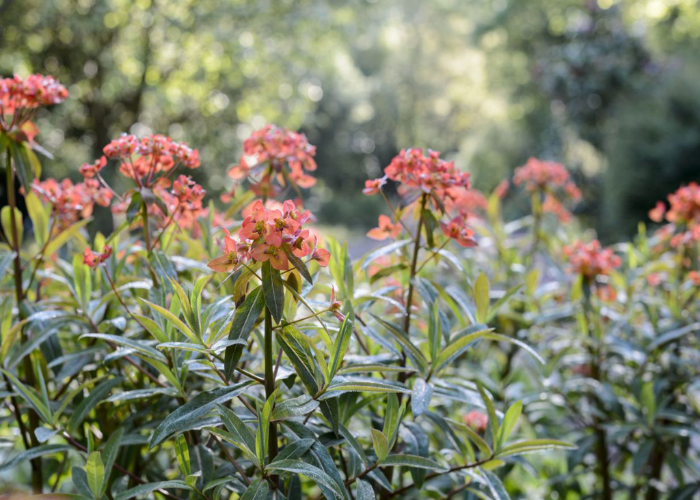
Herbaceous Perennial Euphorbia is a deciduous variety that dies in winter and returns in spring. For this euphorbia kind, you must first deadhead the plant once the flowering is done. And then, just before the start of winter, prune the entire plant to the ground. However, only trimming the finest and weakest branches work for some species too. This type includes-
- Euphorbia cyparissias
- Euphorbia epithymoides
- Euphorbia griffithii
- Euphorbia palustris
- Euphorbia sikkimensis
- Euphorbia villosa
- Euphorbia wallichii
Mowing Down the Roots of Euphorbias
A lot of times, euphorbias are categorized by generating higher numbers of roots. It usually happens when you decide to plant them in containers. And, at that moment, letting the roots get too long becomes problematic.
To avoid that, quickly analyze the roots of the plant when trimming its stems. Extract the plant from the pot; if you notice too many roots, it’s time to act. You can either replace the container with a bigger one to provide extra space for its roots. This way, the plant can expand as much as possible. However, you may have to replace the pot every year. Or, you can trim down the roots a little by using scissors. It will give enough room for the remaining roots to breathe and avoid strangulation. Once you finish euphorbia pruning, place the pot in a good-lighting space. Also, don’t forget to do sufficient watering to help speed its recovery.
Remember that when you cut the plant, a sap starts generating in front of it. Sap is basically the lifeblood of a plant which is very difficult to clean. So, always use gloves and glasses, and cover the floor with sheets or blankets while pruning it. It will simply help evade staining, and you need not worry about making a mess.
Expert’s Advice On Euphorbia Pruning
Euphorbia, being an easy-to-grow plant, expands profusely when kept in a sunny place. So, follow these great tips to tend to your plant and keep it lively and healthy.
-
Sun Exposure: The genus needs at least 6 hours or more of direct sunlight to mature. They might not bloom well or become sloppy if they don’t get enough sun exposure.
-
Moisture: In their growing period, euphorbia requires ample moisture to regulate their progress. However, once they mature, most of them become drought tolerant, meaning they don’t need regular watering. One exception is marsh spurge (Euphorbia palustris), which requires much water to thrive.
-
Life Span and Temperatures: The ideal temperature for properly developing these plants lies between 16-25 degrees Celcius. And most of the species thrive for a couple of years. However, the evergreen ones might collapse sooner if not protected from the harsh winters.
-
Fertilization: These plants do well when planted in well-drained soil. A decent mild compost or cactus fertilizer helps plants flourish with breathtaking flowers.
-
Toxicity: Wearing gloves and shades is a good idea to avoid skin contact with the white and harmful sap. And, if you are working in brighter sunlight, the reaction can worsen its effects. Also, avoid eye contact when wearing gloves and pruning the plant.
-
Pests: The toxic sap generated while pruning euphorbia attracts different kinds of animals like deer, rabbits and rodents. So, always clean the plant efficiently to avoid such scenarios.
-
Insects: Sometimes, the flowering species and cultivars provide pollen for pollinators when there’s no food. It attracts ladybugs and other insects beneficial to the plant.
-
Overwatering: When you flood the soil with extra water, your plant will most likely catch a fungal infection. So, just water the plant enough to keep it moist and damp-free.
-
Pruning: Euphorbia plants don’t really require pruning. So, if you do carry out the process, always take into account its environment and give it ample time to heal.
Tools Required for Euphorbia Pruning
Gardening or yard work is incredibly the most challenging part you’d have to do to keep your garden clean. Whether you are a specialist or a beginner, having the right tools will make the process easier. So, check out these gardening tools you’d definitely need for euphorbia pruning.
-
Spades: Instead of a shovel, buy a good spade that will fulfil your gardening needs. They are much narrower and sharper in design, making them perfect for covering all the bases. You can opt for a spearhead spade or Ashman round shovel; both work beautifully.
-
Shears: Pruning is significant to keep your plants nourishing and free from dead branches or flowers. You can use shears, which work best for smaller plants to carry out the process. Or, choose loppers, used for cutting bigger branches.
-
Weeder: Using a weeder tool like CobraHead Mini Weeder is an excellent solution for removing weeds from the plant. This small tool reaches the deeper places where your hands don’t go easily. Because of its precision, it has become a must-have go-to gardening tool.
-
Edger: An edging tool in your gardening kit helps keep the garden clean and aesthetically pleasing. You can quickly remove all the edges of your grass to keep them straight against other surfaces.
-
Mattock: People often confuse a mattock with an axe, but it’s a different tool. With a mattock, you can easily cut and dig in either direction, horizontal or vertical. Whether you have to cut roots, bushes, or dead plants, it works on everything.
-
Glasses and Gloves: When plucking out thorns, a sap liquid produces that can be harmful to human eyes and skin. Using a pair of gloves and wearing safety gogglescan help avoid this toxic liquid and protect you from cuts.
Before pruning, disinfecting all the blades every time you switch a plant is necessary. As it helps avoid transmitting disease from one plant to another.
Encountering Common Problems of Euphorbias
Euphorbias are usually problem-free plants. However, there are a few diseases they can get badly affected by.
Powdery Mildews
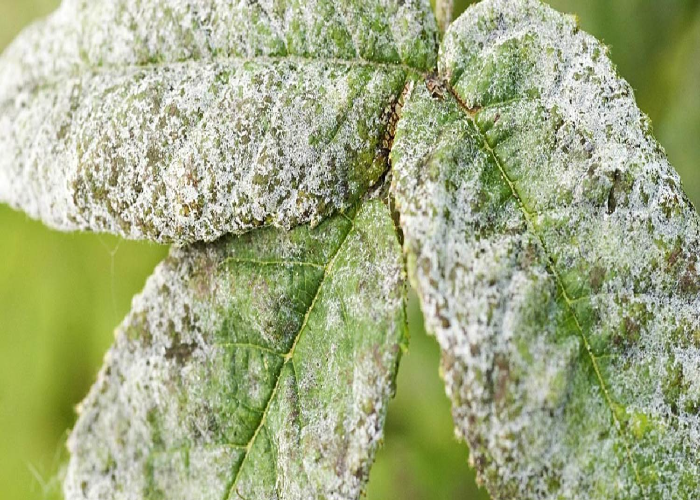
Powdery mildews is a fungal infection that attacks the leaves and flowers by forming a dusty coating. Keeping your garden squeaky clean, and hygienic can reduce the chances of euphorbia catching this disease.
Aphids
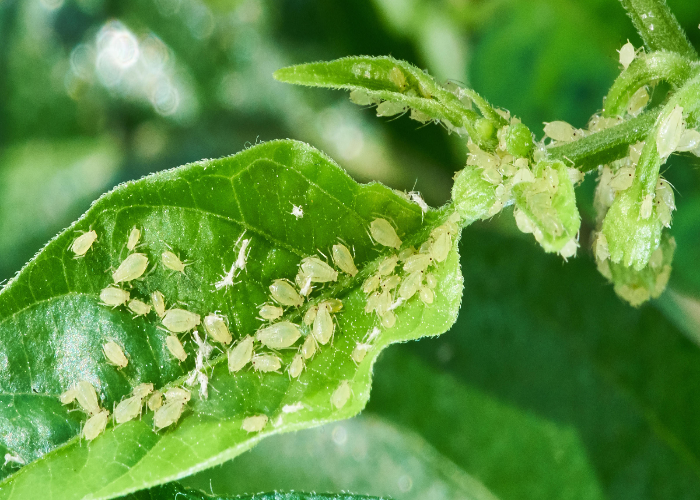
Aphids are sap-sucking insects that can distort the growth of your plant. They can do severe damage to plants’ foliage, stems and flowers. You can use organic sprays like Larvae Killer or Vitax Rose Guard to control aphids.
Phytophthora
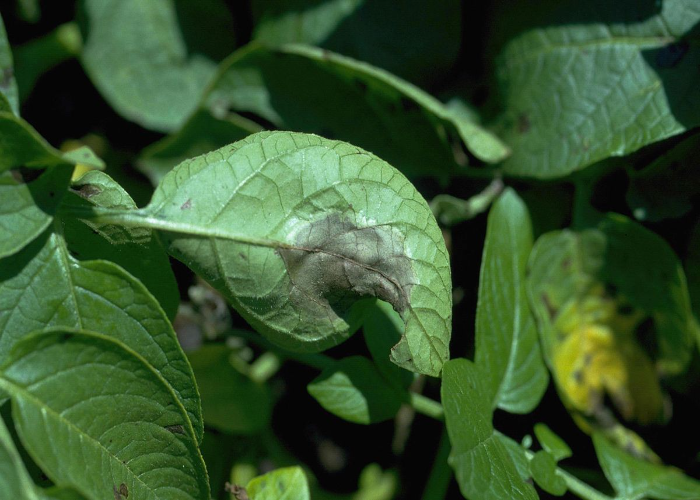
Phytophthora are tiny, fungus-like organisms that affect the roots and stem of the plant. It primarily happens due to overwatering or waterlogged soil in the plant. Using well-drained soil and ample watering can reduce the risk of attracting phytophthora species.
Rust Diseases
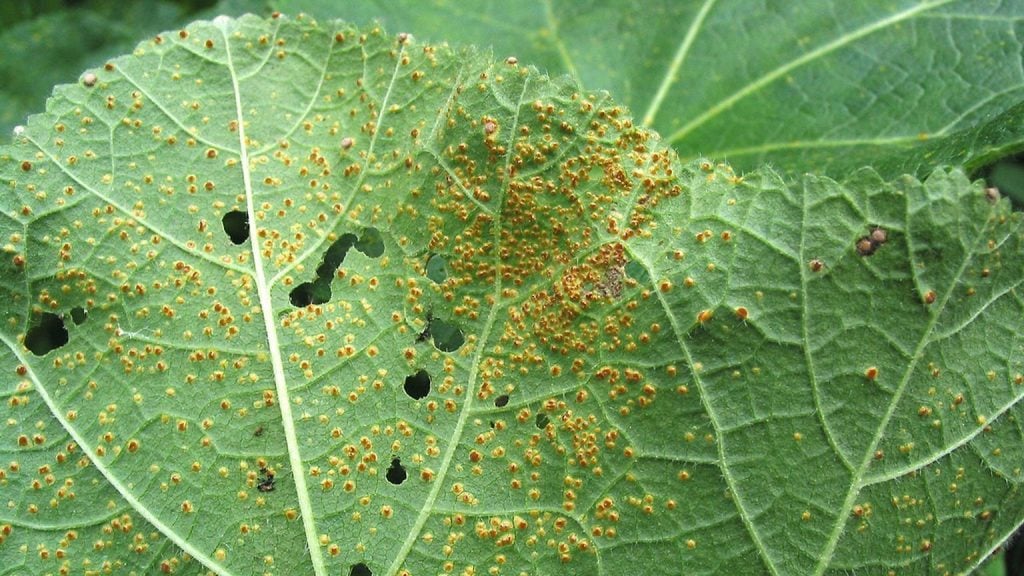
Rust diseases are among the most common fungal infections that happen to plants. This disease can heavily affect the plant’s strength or even kill them. Use a mixture of both insecticides and fungicides to fight the disease.
Final Thoughts
Euphorbias are one of the most grown and spectacular perennials that one can decide to plant. But don’t forget to weigh in the space you live in, as having proper sunlight only helps you grow euphorbia properly.
Understanding which plant species you have is vital when it comes to the euphorbia pruning process. So you can accordingly work out the correct cutting technique for them. For some species, regular trimmings keeps the plant healthier and blossomy. It can even increase the lifespan of the plant.
If you plan on doing euphorbia pruning, these simple tips will surely help you. And do tell us in the comments whether you found these tips helpful.
Frequently Asked Questions
How and When to Prune Euphorbia?
Perennial plants like Euphorbia don’t require pruning. But they do need deadheading once they are done flowering. Simply cut out the damaged flowers or leaves and keep the plant moist enough.
How Do You Care for Euphorbia?
There are many ways to care for this plant. However, you can start by placing the Euphorbias plant in a sunny spot, watering it daily until it fully matures, and using well-drained soil to make it live longer. Once cultivated, you can reduce the watering to once a month.
Can You Cut Euphorbia?
It’s good to cut most of the euphorbias back to the ground when the top growth starts fading or before the first frost. It helps promote fresh growth and extends their lifespan. It might be difficult to cut this beautiful plant, but we assure you that it’s worth it.
Why Is Euphorbia Dying?
There are two most common causes which lead to the death of your euphoria. It’s either root rotting or fungal diseases which occur because of overwatering or places with high humidity.
When to Grow Euphorbia?
The best time to plant a euphorbia is after winter or early spring to mid-summer. It will help ensure the plants mature and flowers bloom ideally in a sound and safe environment.

